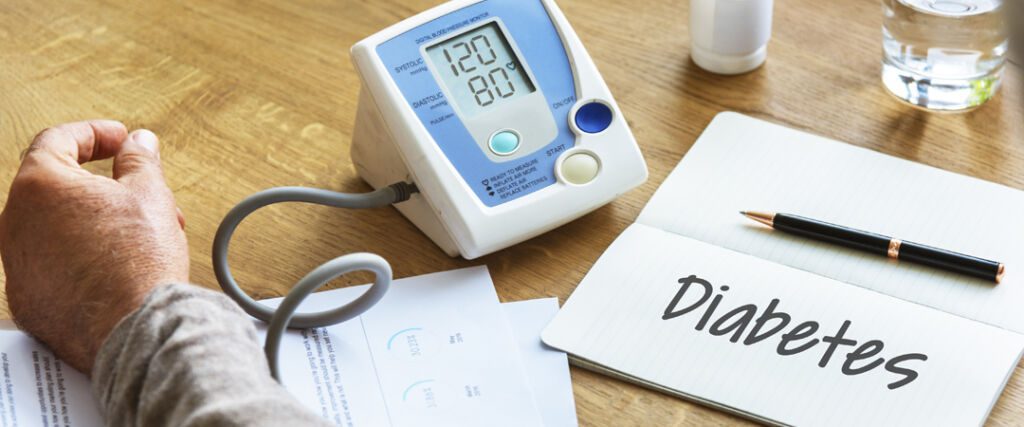
What is Type 1 Diabetes?
Type 1 diabetes is an autoimmune condition where the immune system attacks and destroys the insulin-producing cells in the pancreas. Without insulin, the body cannot properly regulate blood sugar levels, leading to dangerously high blood sugar. This form of diabetes is usually diagnosed in children and young adults, although it can occur at any age. There is no cure for Type 1 diabetes, but it can be managed with insulin therapy, a balanced diet, and regular physical activity.
Causes
The causes are not fully understood, but it is considered an autoimmune disease. This means the immune system mistakenly attacks the insulin-producing cells in the pancreas. Genetic and environmental factors may contribute to its development. Some studies also suggest that viral infections could trigger Type 1 diabetes in people who are genetically predisposed. However, research into the exact causes of Type 1 diabetes is ongoing.
Symptoms
Symptoms can appear suddenly and develop rapidly. Common signs include excessive thirst, increased urination, unexplained weight loss, extreme fatigue, blurred vision, and constant hunger. People with Type 1 diabetes may also experience nausea, vomiting, and tingling or numbness in the hands and feet. It is important to consult a doctor if you experience these symptoms to receive proper diagnosis and treatment.

Treatment options for type 1 diabetes
The treatment for type 1 diabetes generally involves the administration of insulin. People with this condition need to take insulin every day to regulate their blood sugar levels. There are several methods of insulin administration, including injections, insulin pens, and insulin pumps. In addition to insulin, it’s important to maintain a balanced diet, exercise regularly, and monitor blood sugar levels frequently. In some cases, a pancreatic islet cell transplant or a pancreas transplant may be considered as a treatment option. It is essential to work closely with a healthcare professional to determine the best treatment plan for each individual with type 1 diabetes.
How to manage type 1 diabetes on a daily basis
Managing type 1 diabetes on a daily basis can be challenging, but with the right strategies and habits, it is possible to live a healthy and balanced life. Here are some tips to help you manage your type 1 diabetes:
- Follow a balanced diet: It’s important to eat well-balanced meals and monitor your carbohydrate intake. Consult a dietitian for personalised dietary advice.
- Exercise regularly: Physical activity can help control your blood sugar levels and maintain a healthy weight. Speak to your doctor to find out which type of exercise is most suitable for you.
- Monitor your blood sugar regularly: Check your blood sugar levels frequently using a glucose meter. This will help you adjust your treatment as needed.
- Take your insulin as prescribed: Follow your healthcare professional’s instructions carefully regarding your insulin administration. It’s crucial to take the correct dose at the right time.

Avoid stress: Stress can affect your blood sugar levels. Try to find stress management techniques that work for you, such as meditation or yoga.
Inform those around you: Make sure your family, friends, and colleagues understand your condition and know how to help you if needed.
See your healthcare professional regularly: Schedule regular check-ups with your doctor to monitor your health and adjust your treatment plan if necessary.
By following these tips and working closely with your healthcare professional, you can effectively manage type 1 diabetes and live a fulfilling life.
What is the difference between type 1 and type 2 diabetes?
Type 1 diabetes is a lifelong condition that requires insulin injections to manage blood sugar levels. Type 2 diabetes can often be managed through dietary changes, exercise, and weight loss.
How do I know if I have type 1 or type 2 diabetes? While there are similarities, there are also significant differences between the two types of diabetes.
Type 1 diabetes is caused by an autoimmune condition where the immune system attacks the pancreas, preventing it from producing insulin. People with type 1 diabetes are often diagnosed in childhood or early adulthood, but symptoms can appear at any age.
Type 2 diabetes develops gradually over several years as the body’s cells become resistant to insulin. As a result, more insulin is needed to maintain normal blood sugar levels. Type 2 diabetes typically develops after the age of 40 and is commonly associated with being overweight or obese.

